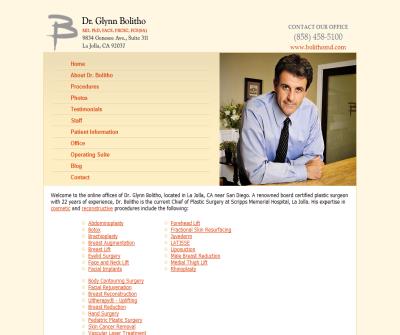Chemical Peels Help Restore Skin
For years now, skin care professionals have agreed that many are affected by premature skin aging. These lifestyle habits may include things such as sun exposure, smoking, and repetitive facial expressions which may spur fine lines, wrinkles, and uneven skin tone.
In this list, sun exposure is the biggest culprit.
For those looking to have smoother and softer skin without invasive procedures, chemical peels may be the answer. Chemical peels remove the top layer of skin, taking away the most exterior level of damage.
While treatments are primarily for the face, patients have also used it to improve the appearance of their neck and hands.
Chemical Peel Consultation:
When booking a consultation appointment for a chemical peel, it’s important to find a qualified health care professional, such as a nurse at a board certified plastic surgeon’s office. Not many are aware that plastic surgeons offer non-operative treatments such as chemical peels, cosmetic injections, laser, and other youthful restoring procedures.
Overall, a series of chemical peels can provide the following skin improvements:
- Reduces fine lines
- Evens out skin tone
- Lessens the appearance of age spots
- Promotes collagen production
- Repairs damaged skin cells
- Improves skin tone and texture
- Lessens the appearance of acne or acne scars
- Helps fade away freckles
A series of chemical peels, which may range from three to six sessions, have the ability to renew skin.
Best Chemical Peel Candidates:
Rather than just booking an appointment for a chemical peel, it’s important to first have a consultation.
A consultation appointment serves at an opportunity to be candid with skin care goals as well as making certain that the person performing the chemical peel is well-qualified. This appointment will also determine if a chemical peel is the right treatment.
The best candidates for a chemical include:
- Adults with wrinkles and fine lines
- Adults with rough skin patches
- Adults with uneven skin tone and sun spots
- Adults with acne or acne scars
Types of Chemical Peels:
While there are a variety of chemical peels out there, two are true standouts in terms of optimum results.
The first is trichloroacetic acid, otherwise known as the abbreviated, TCA. The other is named alphahydroxy acids, also known as AHA.
The mission of both is to reverse sun damaged skin by removing its top layers.
TCA strengths: peels come in the following
- 1 percent
- 2.5 percent
- 5 percent
Generally, for the first session, a lower strength is used. Depending on how well-tolerated the session was the next series will increase in TCA strength. The strength of a peel equates to its treatment depth.
A TCA peel takes under 60 minutes to perform and does not require anesthesia. Some patients, however, may choose to take a light oral sedative. If that’s the case, then they will need someone to drive them home afterward.
Also taking the same amount of time and offering different strength levels, AHA peels remove rough and dry skin. Again, this type requires no anesthesia, but some patients choose to have a light sedative to relax them.
Maintaining the Chemical Peel:
When a patient is happy with their skin texture following their last peel, there are ways to maintain this smoother and more luminous skin before the next agreed series.
These tips include:
- Wearing sunscreen every day when outdoors, including overcast days
- Using a low percentage of glycolic or fruit acid in a daily facial cleanser
- Picking a non-soap facial cleanser
Teaming up with medical skin care professionals will help ensure beautiful and younger looking skin.
